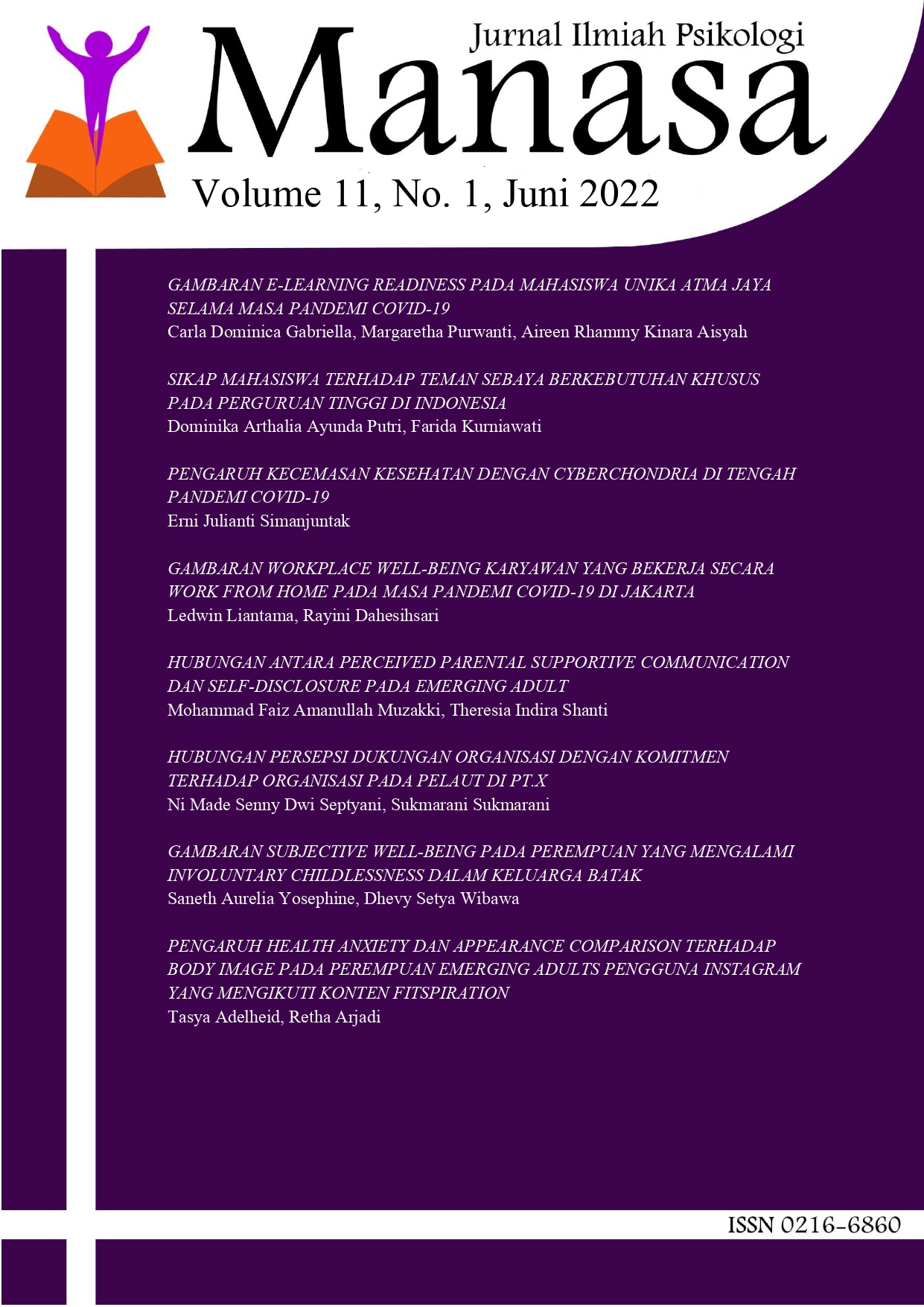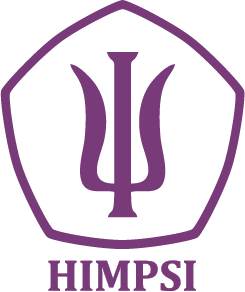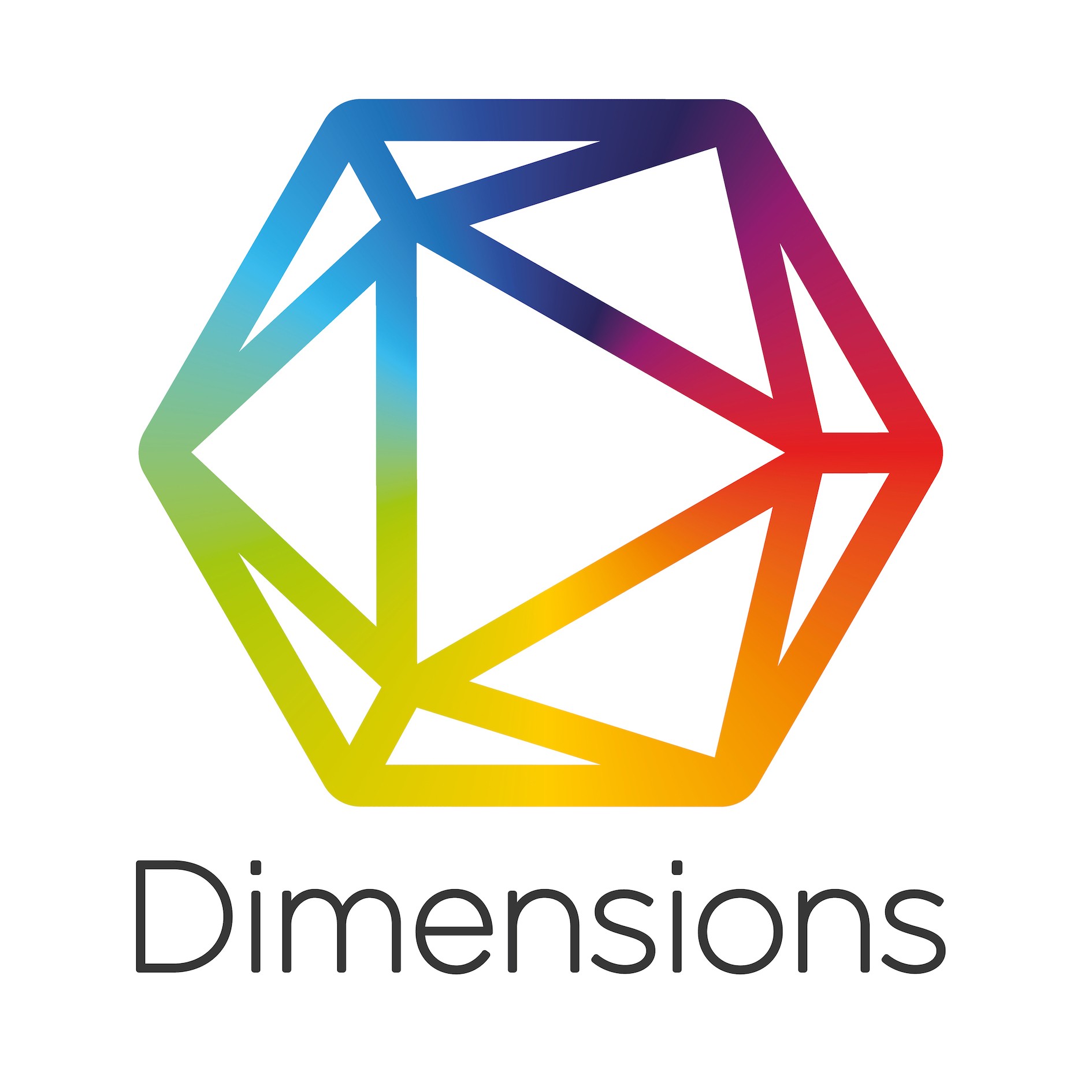Pengaruh Health Anxiety dan Appearance Comparison Terhadap Body Image pada Perempuan Emerging Adults Pengguna Instagram yang Mengikuti Konten Fitspiration
DOI:
https://doi.org/10.25170/manasa.v11i1.3193Keywords:
appearance comparison, body image, emerging adults, fitspiration, health anxietyAbstract
Salah satu konten Instagram yang marak dilihat dan diikuti pengguna Instagram adalah fitspiration, yang bertujuan untuk memotivasi pengguna Instagram untuk berolahraga dan memiliki pola hidup yang sehat. Melihat konten fitspiration sendiri dapat memicu individu untuk melakukan pembandingan diri dan merasa cemas akan kesehatannya. Hal ini dapat membuat individu melakukan diet dan olahraga secara berlebihan. Dengan demikian penelitian ini ingin melihat pengaruh antara health anxiety dan appearance comparison secara simultan terhadap body image perempuan emerging adults pengguna Instagram yang mengikuti konten fitspiration. Desain dalam penelitian ini adalah non-eksperimental dengan jumlah partisipan sebanyak 638 orang dan diambil dengan teknik convenience sampling. Hasil penelitian menemukan bahwa appearance comparison dan health anxiety secara simultan terbukti berpengaruh terhadap empat dari sepuluh dimensi body image yaitu evaluasi penampilan, kepuasan area tubuh, kecemasan terhadap kegemukan, dan pengategorisasian berat badan.
References
issues in press coverage across Australia, China, Japan, and South Korea. Media International Australia, 178 (1), 114–135. https://doi.org/10.1177/1329878x20959838
Afana, N. H., Astuti, N. W., & Sari, M. P. (2021). The relationships between Instagram usage &
body image of social media influencer followers: Social comparison as a mediator. Advances in Social Science, Education and Humanities Research, 570, 1328-1334
American Psychological Association. (2020). Anxiety. Ditemu kembali dari apa.org/topics/anxiety/
Boepple, L., & Thompson, J. K. (2014). A content analysis of healthy living
blogs: Evidence of content thematically consistent with dysfunctional eating attitudes and behaviors. International Journal of Eating Disorders, 47(4), 362–367. https://doi.org/10.1002/eat.22244
Brown, R. J., Skelly, N., & Chew-Graham, C. A. (2020). Online health research and health anxiety:
A systematic review and conceptual integration. Clinical Psychology: Science and Practice, 27 (2). https://doi.org/10.1111/cpsp.12299
Budianti, R. D., & Nawangsih, E. (2020). Hubungan appearance comparison dan
dissatisfaction pada remaja pengguna Instagram di Kota Bandung. Prosiding Psikologi, 6 (2), 657-662.
Cash, T. F. (2000). The multidimensional body-self relations questionnaire. Norfolk.
Cash, T. F., Santos, M. T., & Williams, E. F. (2005). Coping with body-image
threats and challenges: Validation of the body image coping strategies inventory. Journal of Psychosomatic Research, 58, 191-199.
Carrotte, E. R., Prichard, I., & Lim, M. S. C. (2017). “Fitspiration” on Social Media: A Content
Analysis of Gendered Images. Journal of Medical Internet Research, 19(3), e95. https://doi.org/10.2196/jmir.6368
Cataldo, I., de Luca, I., Giorgetti, V., Cicconcelli, D., Bersani, F. S., Imperatori, C., Abdi, S., Negri,
A., Esposito, G., & Corazza, O. (2021). Fitspiration on social media: Body-image and other psychopathological risks among young adults. A narrative review. Emerging Trends in Drugs, Addictions, and Health, 1, 100010. https://doi.org/10.1016/j.etdah.2021.100010
DiBisceglie, S., & Arigo, D. (2019). Perceptions of #fitspiration activity on Instagram: Patterns of
use, response, and preferences among fitstagrammers and followers. Journal of Health Psychology, 26(8), 1233–1242. https://doi.org/10.1177/1359105319871656
Easton, S., Morton, K., Tappy, Z., Francis, D., & Dennison, L. (2018). Young People's Experiences
of Viewing the Fitspiration Social Media Trend: Qualitative Study. Journal of medical Internet research, 20(6), e219. https://doi.org/10.2196/jmir.9156
Fardouly, J., & Vartanian, L. R. (2015). Negative comparisons about one’s appearance mediate the
relationship between Facebook usage and body image concerns. Body Image, 12, 82–88. https://doi.org/10.1016/j.bodyim.2014.10.004
Fardouly, J., Willburger, B. K., & Vartanian , L. R. (2017). Instagram use and young women's body
image concerns and self-objectification: Testing mediational pathways. New Media and Society, 1-16.
Gravetter, F. J,, & Wallnau, L. (2013). Statistics for the behavioral sciences. Canada: Wadsworth.
Haryanto, A. T. (2021, Februari 23). Pengguna aktif medsos RI 170 Juta, bisa
main 3 Jam sehari. Diakses pada September 12, 2021 dari inet.detik.com/cyberlife/d-5407834/pengguna-aktif-medsos-ri-170-juta-bisa-main-3-jam-sehari
Jungmann, S. M., & Witthöft, M. (2020). Health anxiety, cyberchondria, and
coping in the current COVID-19 pandemic: Which factors are related to coronavirus anxiety?. Journal of Anxiety Disorders, 73, 102239. https://doi.org/10.1016/j.janxdis.2020.102239
Limniou, M., Mahoney, C., & Knox, M. (2021). Is fitspiration the healthy
internet trend it claims to be? A British students’ case study. International Journal of Environmental Research and Public Health, 18(4), 1837. https://doi.org/10.3390/ijerph18041837
Maulina, V. V. R. (2016). Health Anxiety in Young Indonesian Adults: A
Preliminary Study. IAFOR Journal of Psychology & Behavioral Sciences, 2(1).
Nevill, A. M., Lane, A. M., & Duncan, M. J. (2015). Are the multidimensional
body self-relations questionnaire scales stable or transient?. Journal of Sports Sciences, 1-9.
Nurrachman, N & Bachtiar, I. (2011). Psikologi perempuan pendekatan kontekstual Indonesia.
Universitas Atma Jaya: Jakarta.
Prianti D. (2013). Indonesian female beauty concept: Does it take into
account the traditional values. Proceedings of the Asian Conference on Media & Mass Communication, Japan, 2186-5906.
https://doi.org/10.22492/2186-5906.20130133
Raggatt, M., Wright, C. J. C., Carrotte, E., Jenkinson, R., Mulgrew, K., Prichard,
I., & Lim, M. S. C. (2018). “I aspire to look and feel healthy like the posts convey”: Engagement with fitness inspiration on social media and perceptions of its influence on health and wellbeing. BMC Public Health, 18(1). https://doi.org/10.1186/s12889-018-5930-7
Robertson, M., Duffy, F., Newman, E., Prieto Bravo, C., Ates, H. H., & Sharpe, H. (2021).
Exploring changes in body image, eating and exercise during the COVID-19 lockdown: A UK survey. Appetite, 159, 105062. https://doi.org/10.1016/j.appet.2020.105062
Salkovskis, P., Rimes, K., Warwick, H., & Clark, D. (2002). The health anxiety
inventory: Development and validation of scales for the measurement of health anxiety and hypochondriasis. Psychological Medicine, 32(5). https://doi.org/10.1017/s0033291702005822
Schaefer, L. M., & Thompson, J. K. (2014). The development and validation of
the Physical Appearance Comparison Scale-Revised (PACS-R). Eating Behaviors, 15(2), 209–217. https://doi.org/10.1016/j.eatbeh.2014.01.001
Schmidt, A. F., & Finan, C. (2018). Linear regression and the normality
assumption. Journal of Clinical Epidemiology.
Doi: 10.1016/j.jclinepi.2017.12.006.
Starcevic, V., & Berle, D. (2013). Cyberchondria: Towards a better understanding
of excessive health-related Internet use. Expert Review of Neurotherapeutics, 13(2), 205–213. https://doi.org/10.1586/ern.12.162
Swami, V., Horne, G., & Furnham, A. (2021). COVID-19-related stress and
anxiety are associated with negative body image in adults from the United Kingdom. Personality and Individual Differences, 170, 110426. https://doi.org/10.1016/j.paid.2020.110426
Tarmizi, A., Bangun, S. Y., & Supriadi, A. Motivasi masyarakat berolahraga di
Celebrity Fitness. Jurnal Pedagogik Olahraga, 6(1), 1-5.
Tiggemann, M., & Zaccardo, M. (2015). “Exercise to be fit, not skinny”: The
effect of fitspiration imagery on women’s body image. Body Image, 15, 61–67. https://doi.org/10.1016/j.bodyim.2015.06.003
Vaterlaus, J. M., Patten, E. V., Roche, C., & Young, J. A. (2015). #Gettinghealthy:
The perceived influence of social media on young adult health behaviors. Computers in Human Behavior, 45, 151–157. https://doi.org/10.1016/j.chb.2014.12.013
Wisnubrata. (2017, Juni 14). Apa Definisi Perempuan Cantik?. Diakses pada
Januari 3, 2021 dari lifestyle.kompas.com/read/2017/06/14/135648020/apa. definisi.perempuan.cantik. Accessed 29 October 2020.









.png)
.png)

